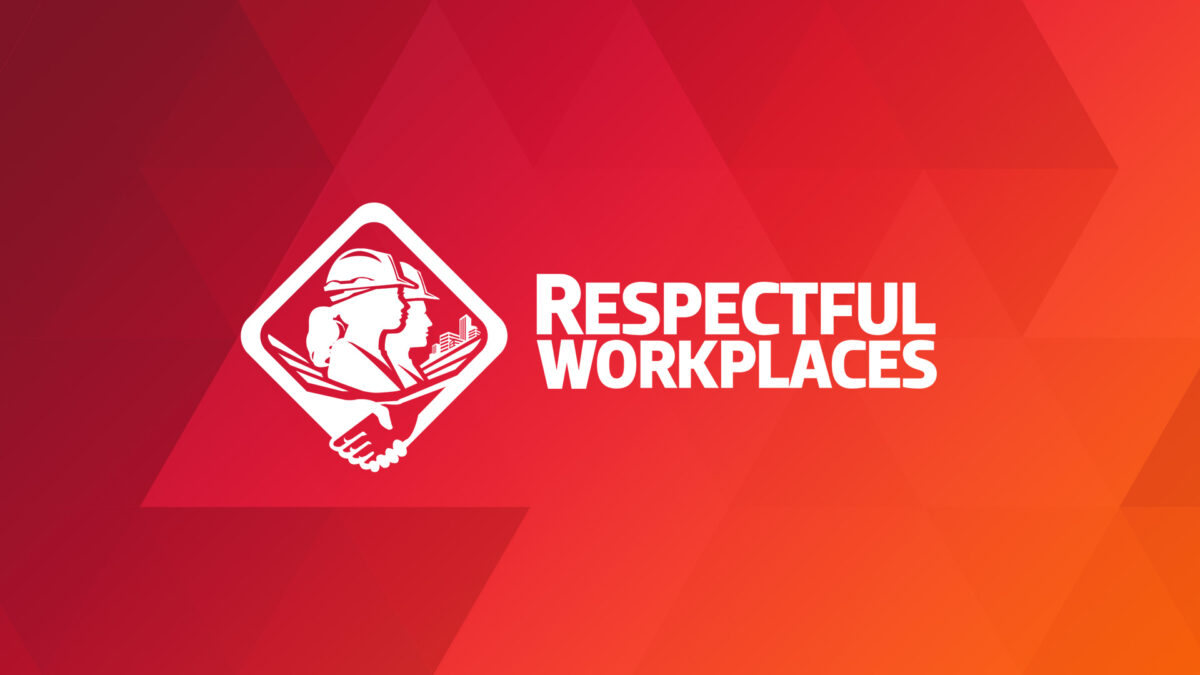Come October 10, World Mental Health Day, you will see social media flooded with posts related to health and wellness undertaken by organizations.
The ugly reality of mental health can be seen in the fact that 1 out of 5 Canadians reportedly suffers from a mental illness. At the same time, over 18% of Canadians aged 18 and above live with some form of mood and anxiety disorder.
Understandably, mental health has become a topic of increasing relevance for workplaces, considering that the mental state of employees has a huge bearing on how they perform and engage at work.

Why mental health matters in the workplace
Mental health issues in the workplace have emerged as the foremost concern worldwide. Estimates by the WHO project the economic burden of mental illness at US$$6.1 trillion by 2030 due to losses in human productivity.
In the context of the workplace, mental health risks can be seen in psychosocial terms. This means they may be related to the job’s content and schedule or the work environment’s specific attributes. A workplace defined by a business-first mindset exposes the employees to the risk of mental health issues that compromise the ability of employees to work to the best of their ability.
The connection between workplace conditions and mental health
There is a close link between mental health and workplace productivity: poor mental health conditions—like depression, anxiety, or burnout—not only negatively impact mental well-being but also affect performance.
The results of a recent survey make it clear: over half of employees surveyed reported burnout at their jobs, while 37% conceded that mental health was a major barrier to their productivity.
Several factors make the work environment unfavourable for an employee’s mental health, including excessive workloads, tight deadlines, and lack of management support that add to workplace stress, leading to higher rates of absenteeism and presenteeism, and low team morale and engagement.
Addressing mental health for enhanced productivity
Leadership’s role
Managers act as a bridge between employees and the organization’s leadership and are well-positioned to foster a supportive work culture. They should be responsive to employees’ mental health issues through active listening, and implement workplace practices that reduce job stressors that lead to burnout.
Provision of support and resources
Mental health issues are still considered a stigma, and it is crucial to educate people on mental health as well as introduce relevant interventions to assist employees dealing with mental health symptoms.
This may involve undertaking employee wellness campaigns that provide crucial mental health resources to employees through counseling, therapy, and mindfulness programs. This will not only help to normalize conversations around mental health but also lead to healthy work conditions.
The cost of ignoring mental health
Overlooking mental health can prove to be counterproductive for long-term business growth. A workforce that is prone to mental health issues is unlikely to deliver on expectations and can incur significant business costs.
In contrast to a leave for a physical illness, the costs are almost double in the case of leave stemming from a mental illness. Employees with depression are prone to higher rates of absenteeism. On a global level, it is estimated that depression causes employees to miss an average of about 27 to 31.4 days of work per year.
Employees’ cognitive abilities are negatively impacted when they are stressed out or anxious. This not only results in reduced focus but also hampers their ability to make rational decisions. Employees struggling with mental health exhibit higher instances of insomnia, fatigue, and anxiety, which impedes their performance.
Long-term benefits for organizations
Good mental well-being can stimulate innovation by enhancing employees’ creative potential and, hence, their ability to generate new ideas. When employees are in a positive mental state, they are better able to communicate and trust each other, which fosters collaborative relationships.
Extending mental health support to employees can also boost employee engagement and satisfaction, which can translate into higher retention rates, as indicated by a Gallup study where well-being and work-life balance were the second most common reasons for 28% of employees to leave their jobs.
Final thoughts
A mentally healthy workforce is a productive workforce. Ultimately, it is the responsibility of organizations to prioritize employee mental health by taking relevant actions to create a supportive and mentally healthy workplace. This is necessary to create an enabling environment for all workers to participate and thrive actively in their respective roles.
Michael Bach is an author and speaker, a thought leader in inclusion, diversity, equity, and accessibility, and an IDEA consultant to BuildForce Canada.

Respectful and Inclusive Workplaces
